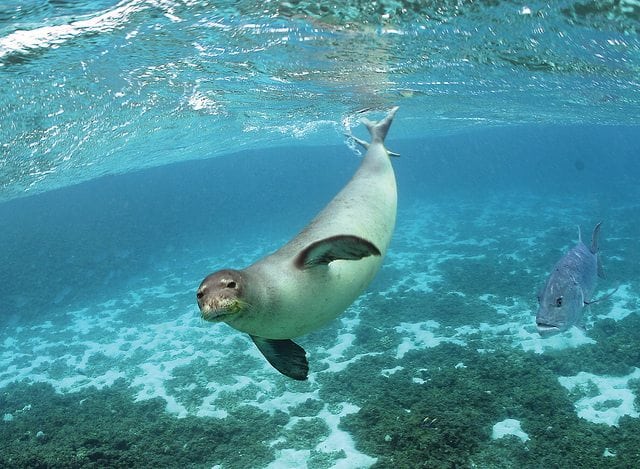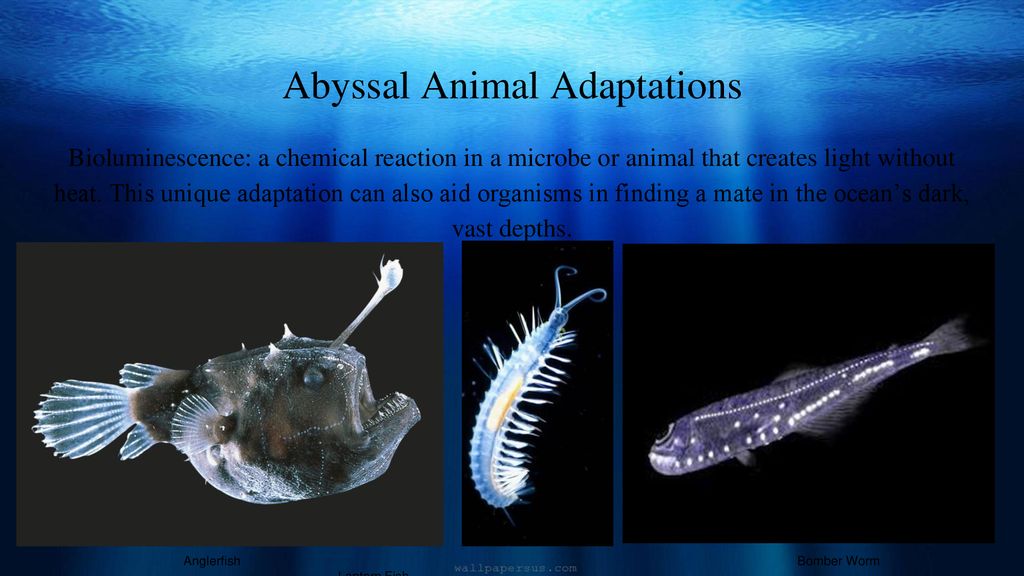47+ Ocean Sea Animals Names List
Sea animals in the example sentences. A seagull flew overhead followed.

The Most Dangerous Ocean Sea Animals Surfline
Others live most of their life in the deeper open sea.

Ocean sea animals names list. Learn sea animals name English and Bangla meaning and each sea animals name with picture such as Killer whale Narwhal Shark Sawfish and StingrayManta r. Some are useful to humans whereas others are not. Use this list for building up vocabulary to converse fluently in English.
List of Water Sea Aquatic Ocean Animals Blue whale Shark Penguin Dolphin Octopus Seal Sealion Crab Piranha Sea horse Goldfish Walrus. Add a photo to this gallery. List of Sea Animals.
Sea Animals Clam Cormorant Crab Dolphin Fish Jellyfish Lobster Octopus Otter Oyster Pelican Sea turtle Seahorse Seal Shark Shell Shrimp Squid Starfish Walrus Whale. Cormorant types of birds Clam. Even though the open sea is the largest habitat it is estimated that only five percent of the worlds animal species live there.
Southern Ocean Animals List. Sand dollar sea urchin sea star. These animals are jellyfish starfish fish octopus turtle whale clam crab etc.
Some ocean animals spend most of their life in the waters near the land. Sea Animals with Examples. 2017 - Sea Animals in English.
Larva or pluteus free-swimming stage. List of water animals ocean animals sea animals images with names and examples to improve your vocabulary words about animals in English. Sea Animals Animales del mar English Inglés.
Wateranimalzuzukids tvseaanimalThere are many wateranimals that live in the sea river and ocean.
64+ Ocean Animal Adaptations Examples
Behavioral they jump out of the water as see to the right to break fishing line much other warm blooded fish do this such as marlin and more. These can include chemical defences in their skin for example sea stars.

Mangrove Forest Animals Adaptations
The shape of a birds.

Ocean animal adaptations examples. Vast expanses of treeless tundra. Fish have fins and those help them swim faster fish also are certain colors to camoflouge themselvesMost mammals in the ocean such as whales have blubber to provide warmth. Common oceanic animal adaptations include gills special breathing organs used by some oceanic animals like fish and crabs.
Anatomical - Structures of the body. These are all just basic adaptations for fish there are many specific ones for the conditions the animal or plant lives in. Physical adaptations are special body parts such as shapes skin and color that help the organisms to survive in their natural habitat.
Blowholes an opening on. Terminal mouth countershading narrow. Irrawaddy and in some cases bottlenose dolphins have been known to work with fishermen in a process known as cooperative fishing The dolphins chase fish to the boats and signal where the fishermen should throw their nets.
For example some animals use camoflage to escape detection or to sneak up on their prey while other animals have coloration which intentionally makes them stand out. Ocean animals have unique adaptations depending on what ocean habitat they. Examples of physical adaptations the thickness of an animals fur helps them to survive in cold environments.
Layers of blubber protect the walruses when they swim in the freezing arctic seas and when they lie out on the ice in the bitter cold wind. Biology Geography Physical Geography. Slow-moving species have adaptations that help protect them from predators.
For example many marine organisms can only move slowly or not all. Its no accident that protoplasm a substance found in every living cell strongly resembles seawater. Adaptations for Temperature Regulation Marine animals other than birds mammals are ectotherms so body temp is same as surroundings Seabirds mammals are endotherms have adaptations to maintain body temps in cold water.
This picture also shows water flow over the fusiform shape. Animals that eat meat may use their claws for killing their prey or tearing meat from their kills. Arctic ocean animals adaptations.
Have adaptations that help them swim fast such as a lunate tail or a narrow caudal peduncle. Good examples of these adaptations can be seen in a tuna fish shown below. Adaptations for Survival in the Sea explores some of the adaptations used by various sea creatures to survive.
They also have a lot of muscle mass which enables them to be strong swimmers. Ocean Habitats and Animal Adaptations Ocean Habitats and Animal Adaptations Students analyze three broad ocean habitats the characteristics and conditions of each and research the animals of each zone and their adaptations. Functional They are warm blooded which makes them like in warmer type of water.
This means they cannot easily get away from mobile predators and they have other adaptations to protect them from being eaten. Structural they have adapted to being overly fished and have a torpedo like body which makes them quicker. A specific adaptation would be the clown fish.
Many land and sea animals alike have developed sharp claws. For example some animals use camoflage to escape detection or to sneak up on their prey while other animals have coloration which intentionally makes them stand out. Blubber insulating fat connective tissue under their skin.
Antarctic Animal Adaptations Long days providing abundant light and copious nutrients brought to the surface layers by ocean upwellings along the Antarctic Convergence fertilize the growth of phytoplankton leading to very high productivity of the Antarctic Ocean during the summer months. Sharp claws can be used for many different purposes. Dolphins are an example of animals who have adapted to human presence in their environment.
For instance many herbivores use their sharp claws for digging for berries roots and herbs or burrowing for shelter. Adaptations for survival in the sea explores some of the adaptations used by various sea creatures to survive.
